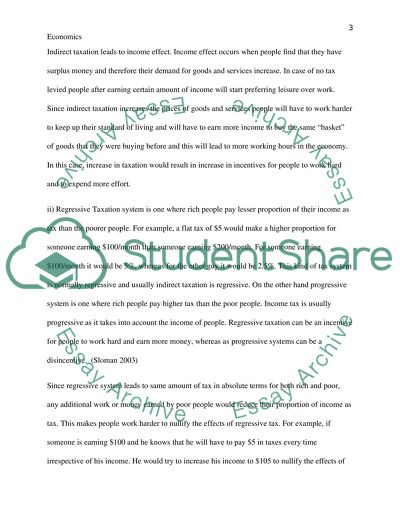Cite this document
(“Tax systems Essay Example | Topics and Well Written Essays - 1750 words”, n.d.)
Tax systems Essay Example | Topics and Well Written Essays - 1750 words. Retrieved from https://studentshare.org/finance-accounting/1444853-tax-systems
Tax systems Essay Example | Topics and Well Written Essays - 1750 words. Retrieved from https://studentshare.org/finance-accounting/1444853-tax-systems
(Tax Systems Essay Example | Topics and Well Written Essays - 1750 Words)
Tax Systems Essay Example | Topics and Well Written Essays - 1750 Words. https://studentshare.org/finance-accounting/1444853-tax-systems.
Tax Systems Essay Example | Topics and Well Written Essays - 1750 Words. https://studentshare.org/finance-accounting/1444853-tax-systems.
“Tax Systems Essay Example | Topics and Well Written Essays - 1750 Words”, n.d. https://studentshare.org/finance-accounting/1444853-tax-systems.


